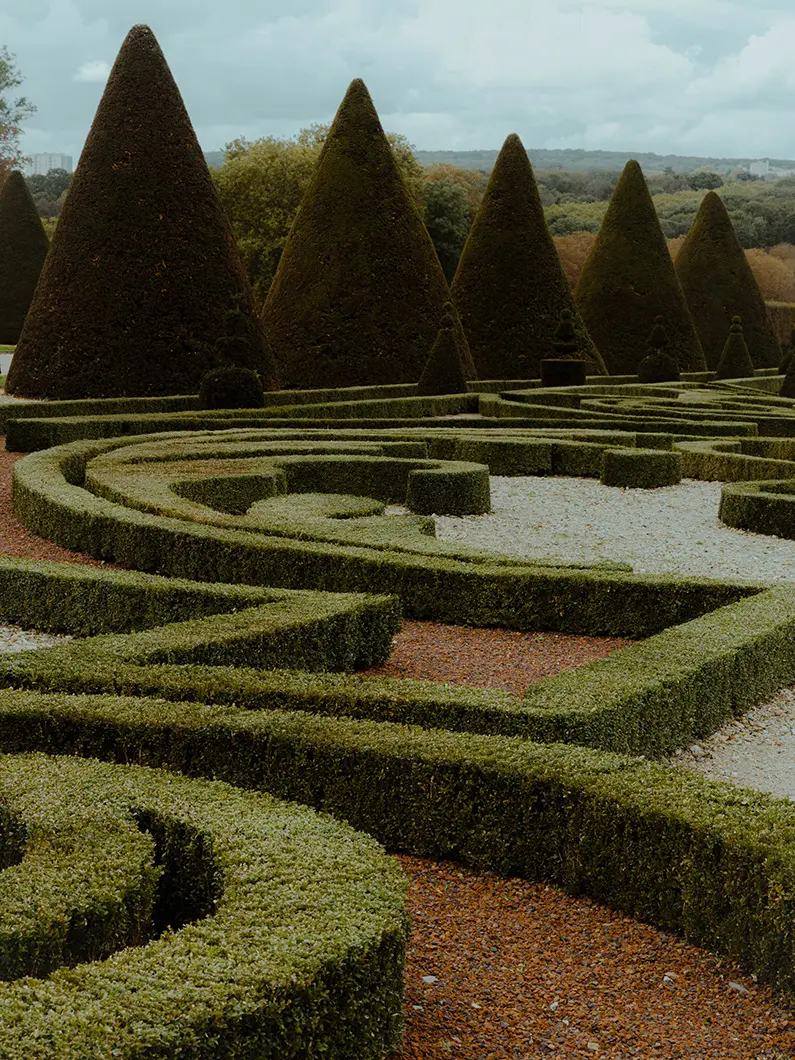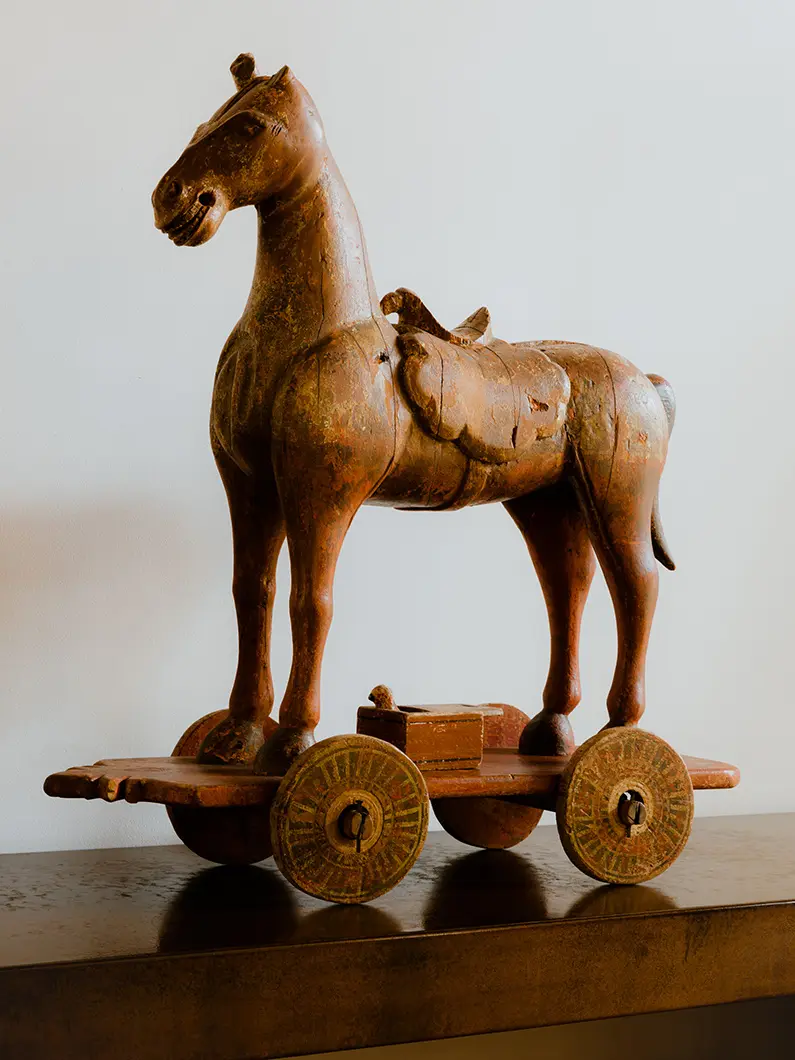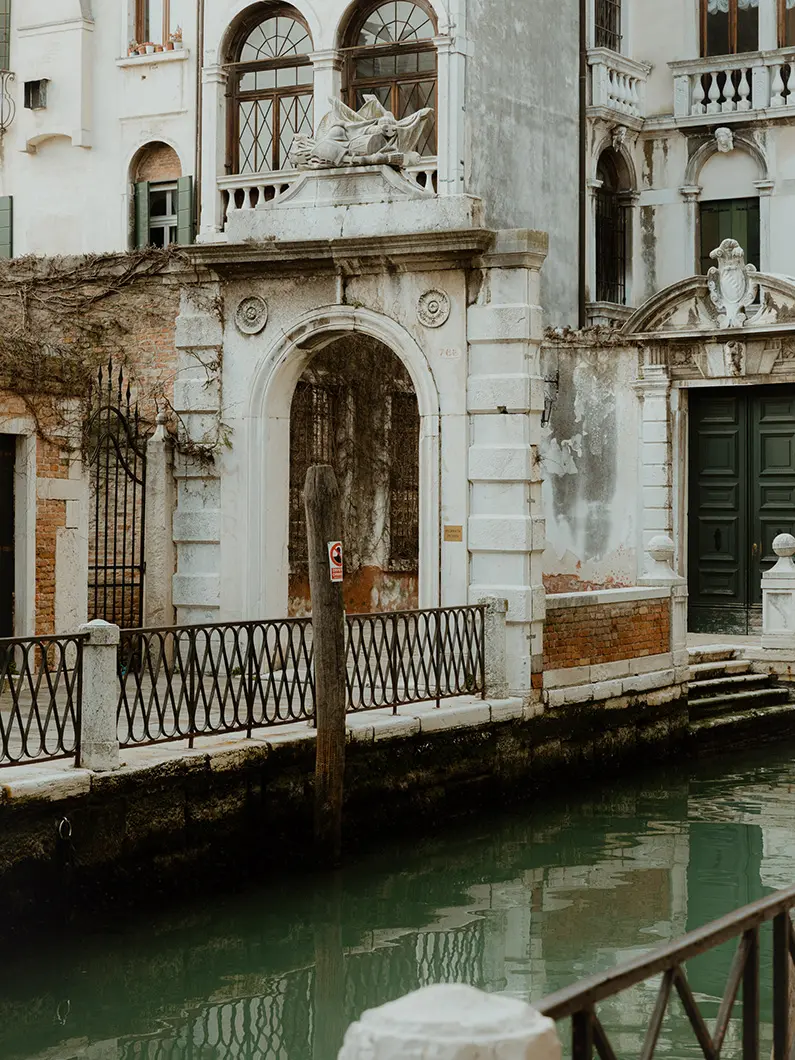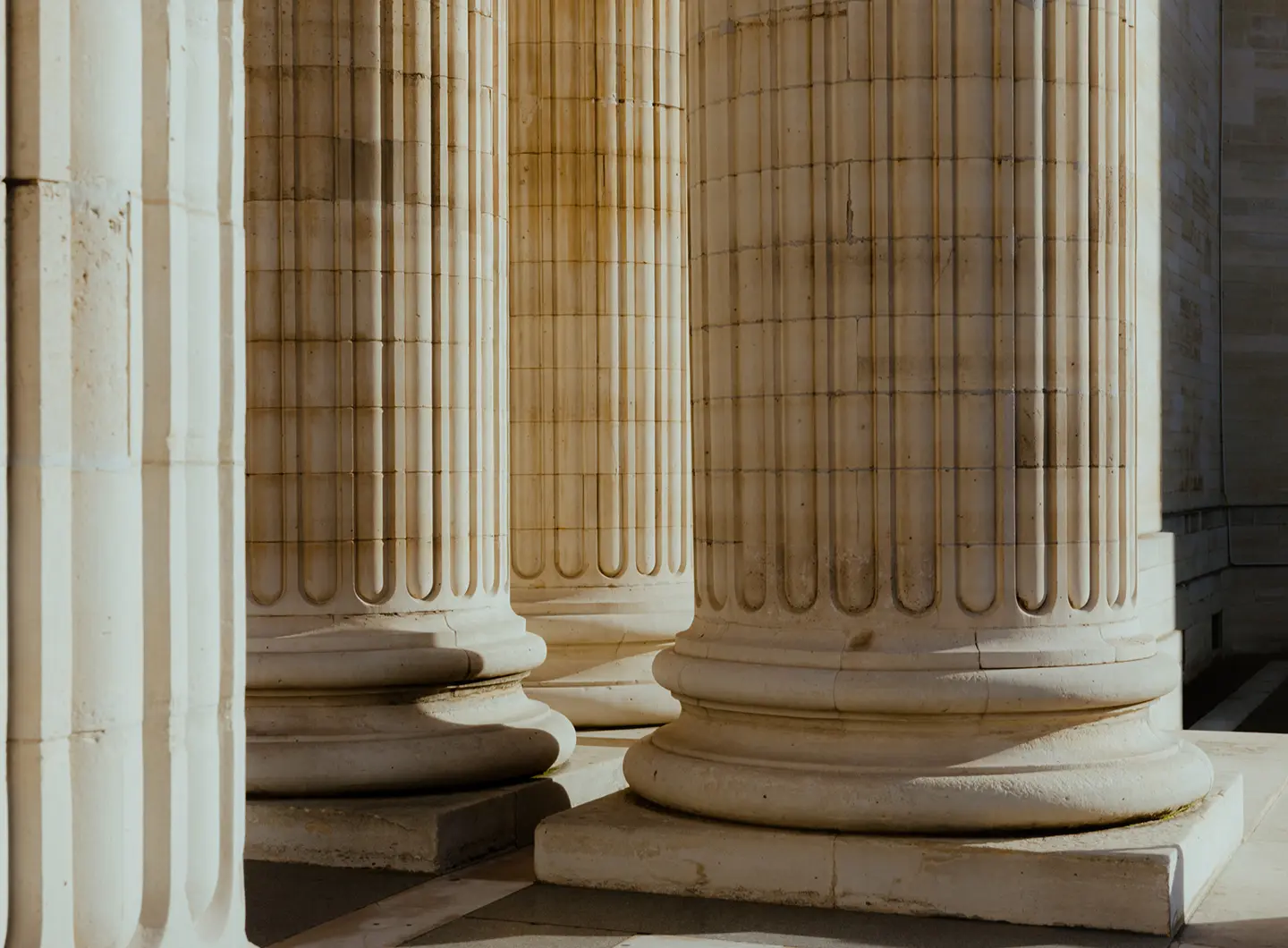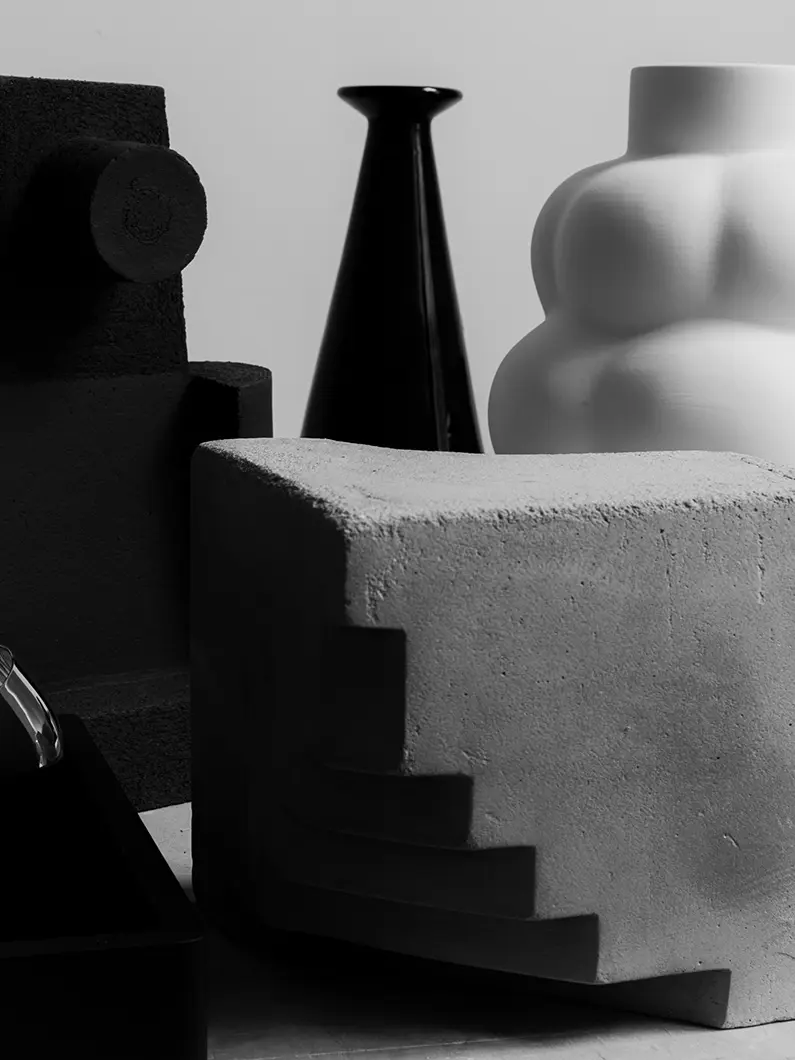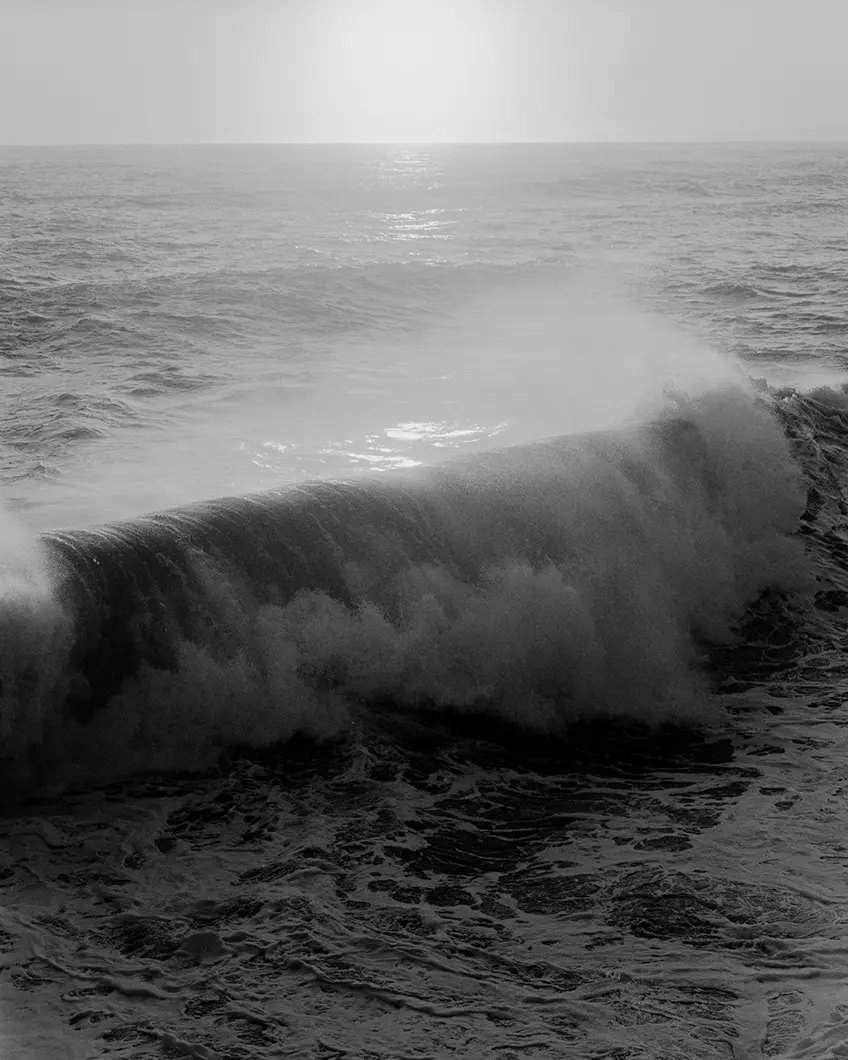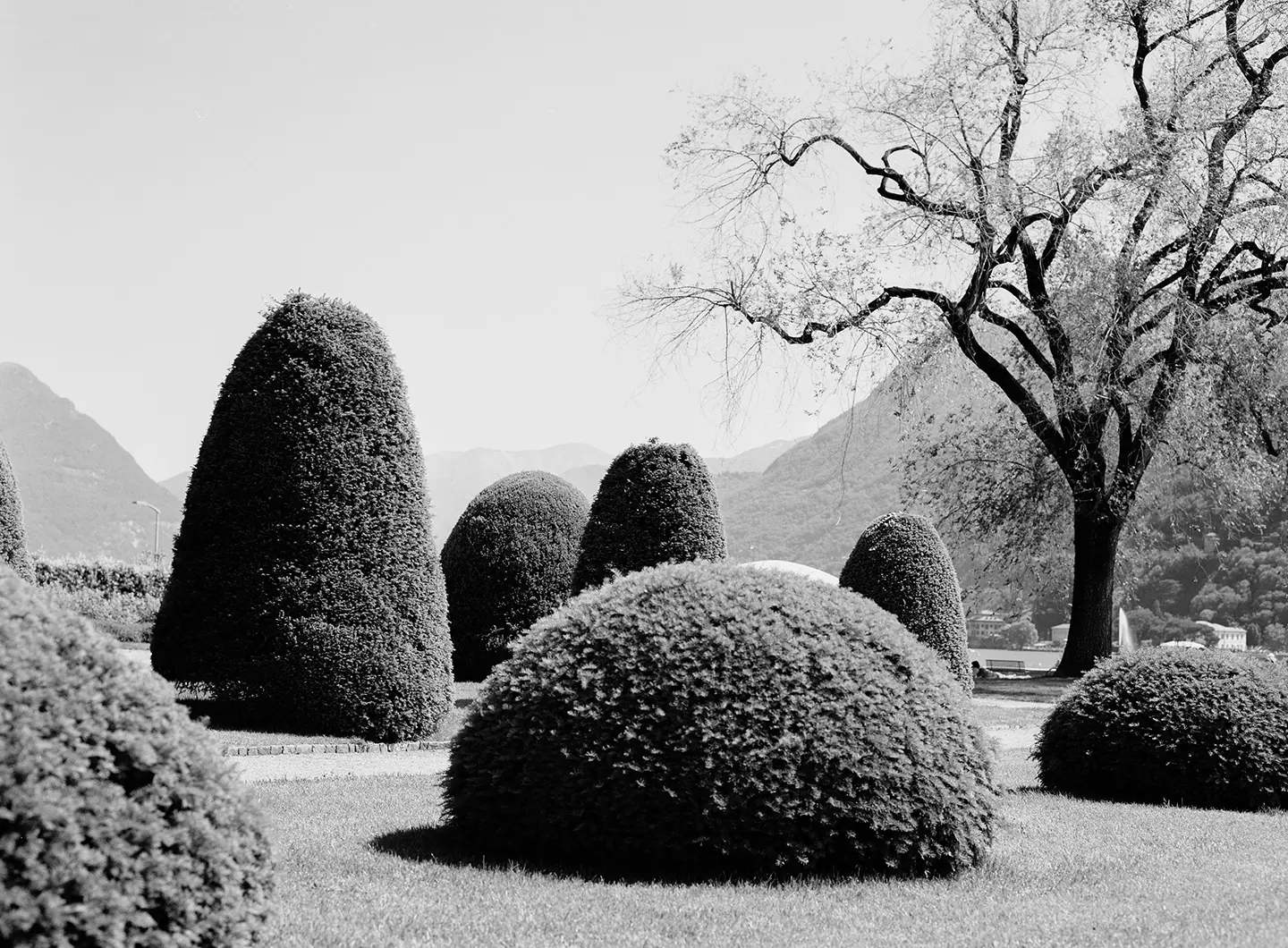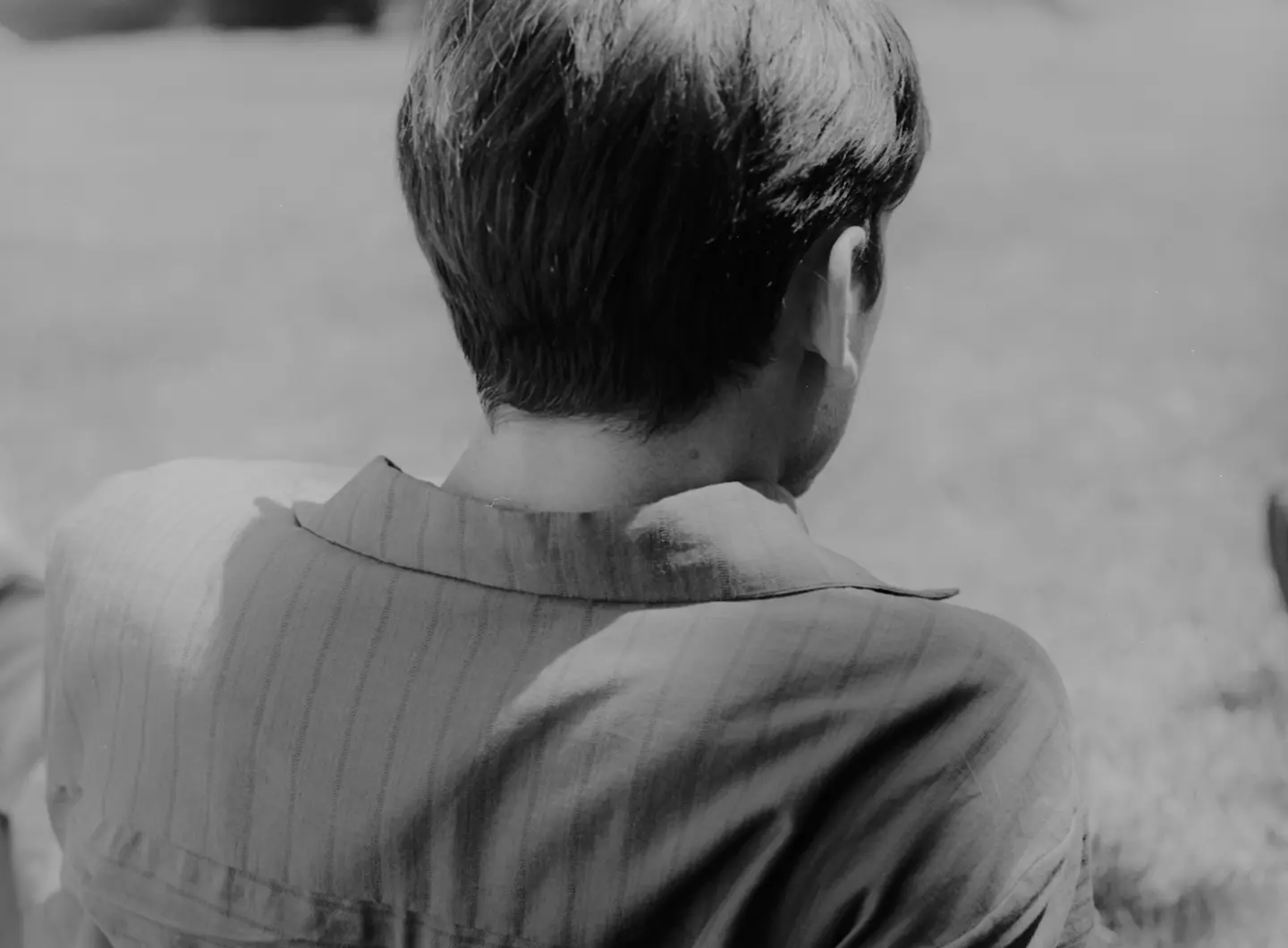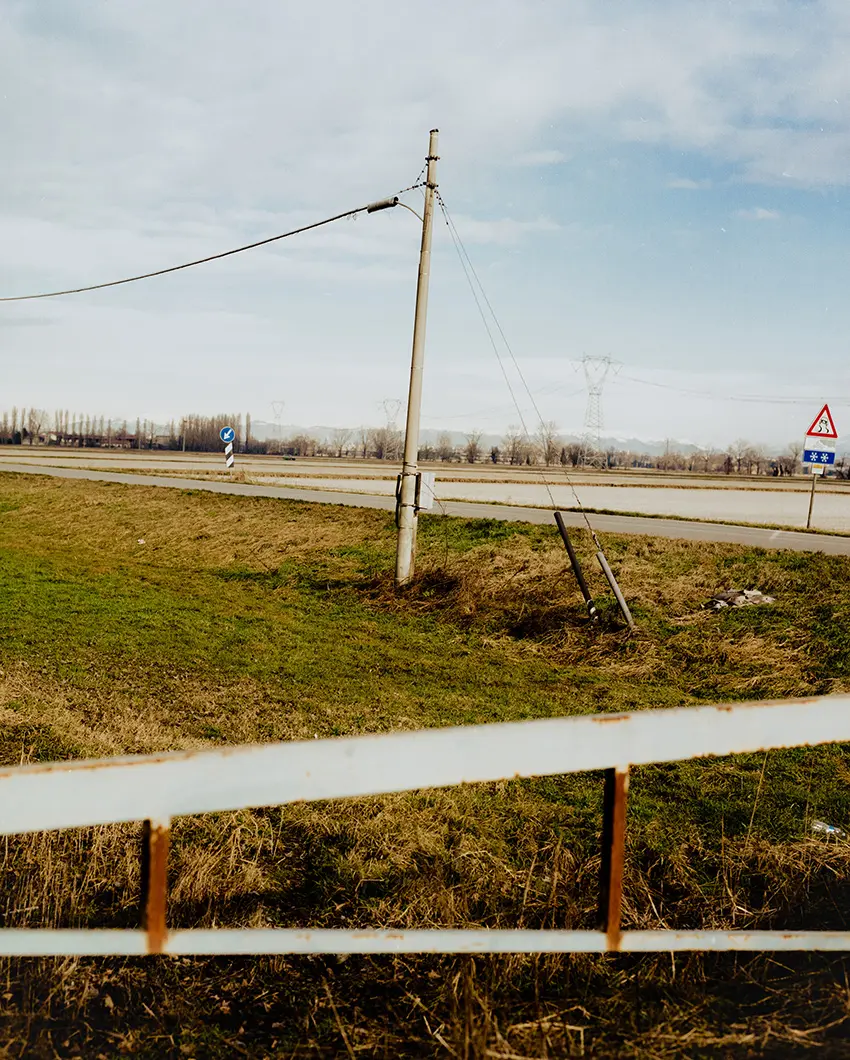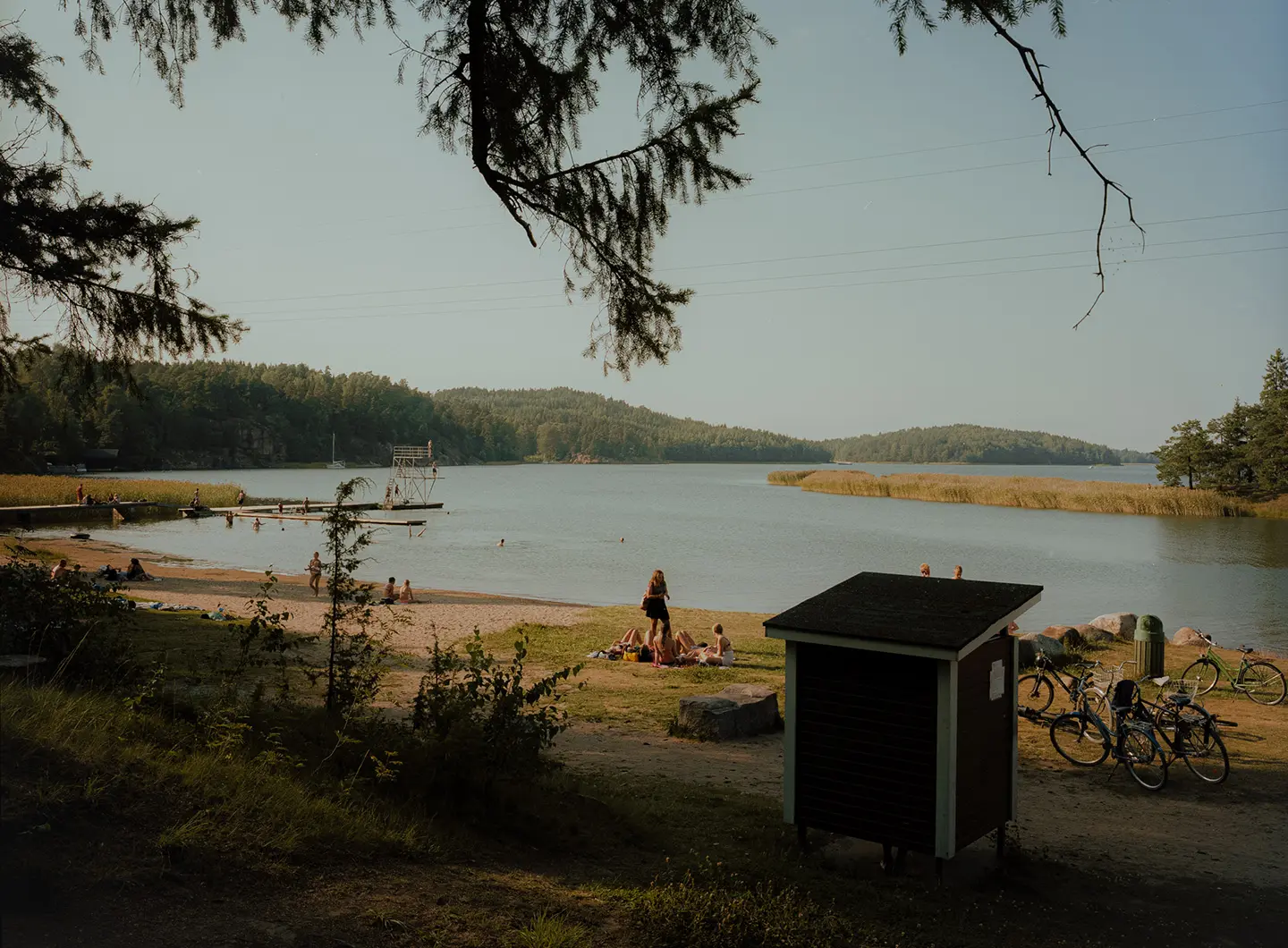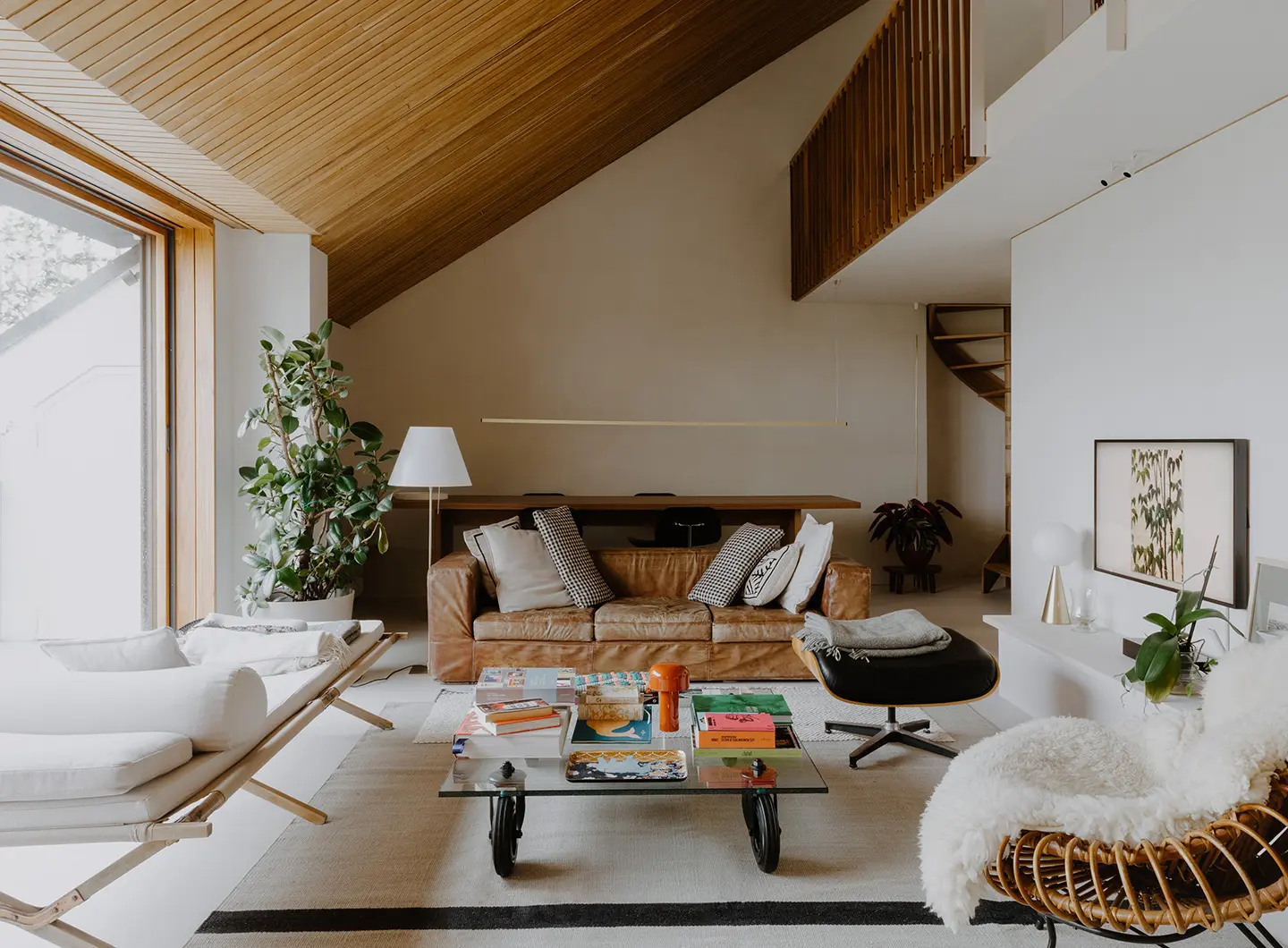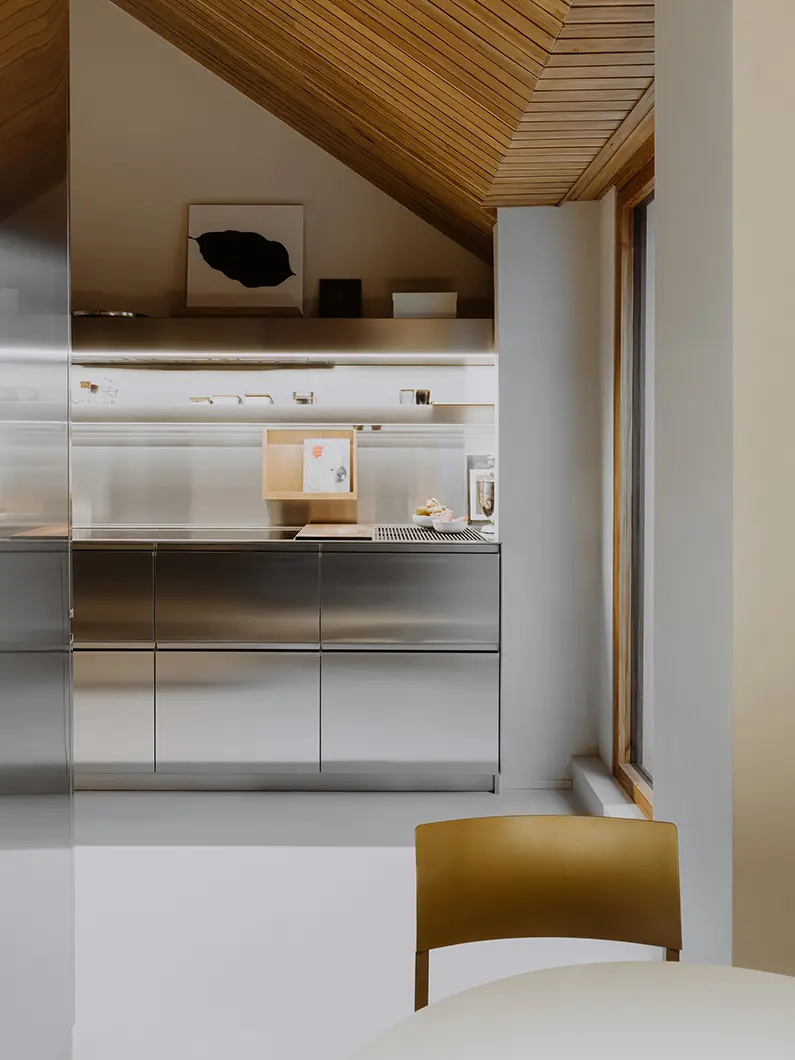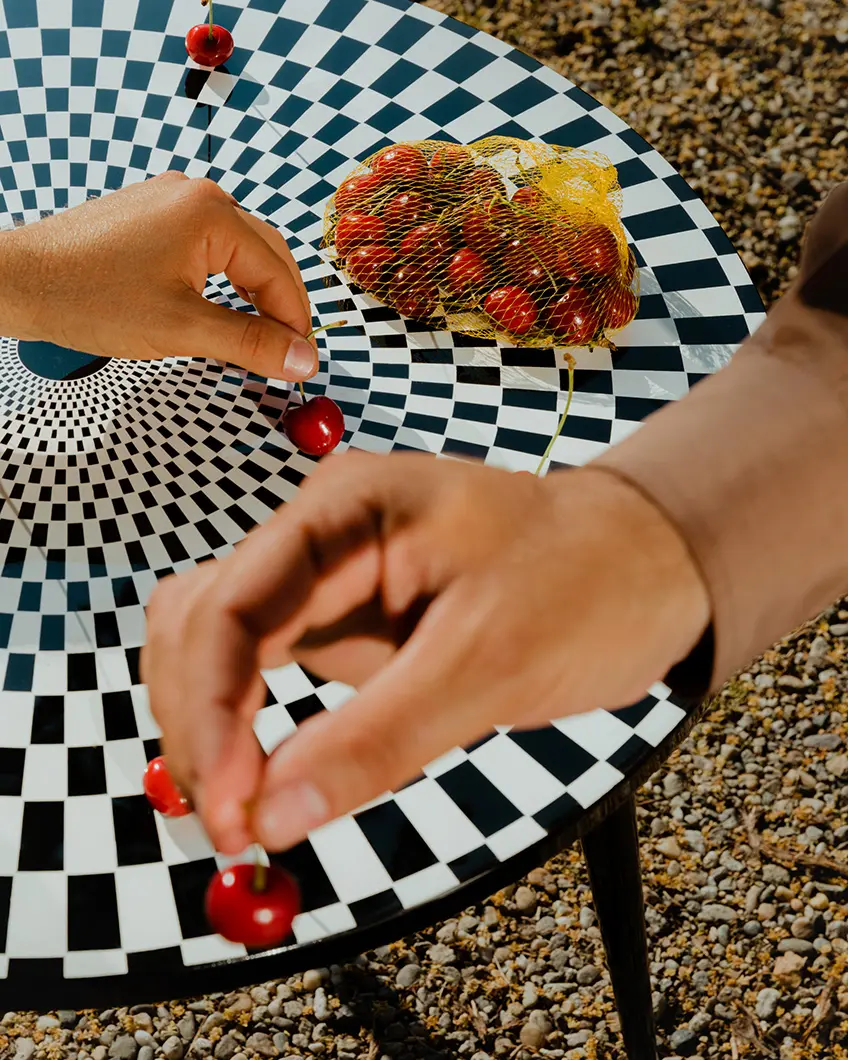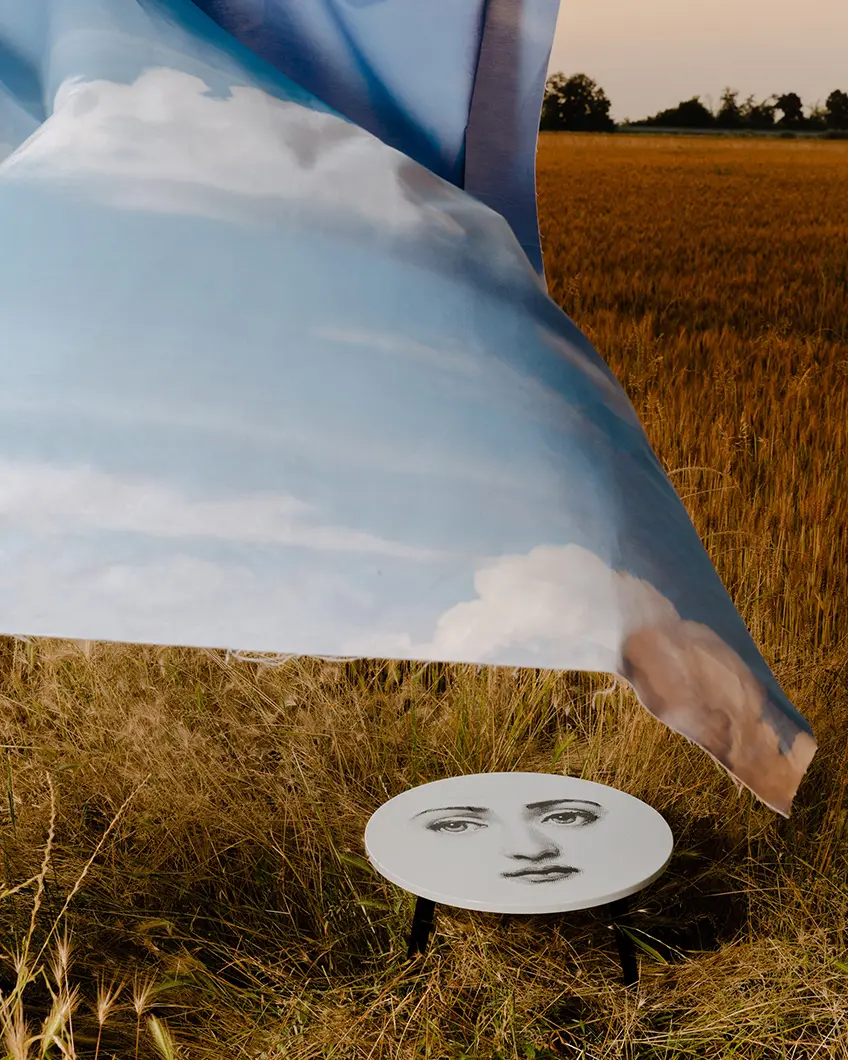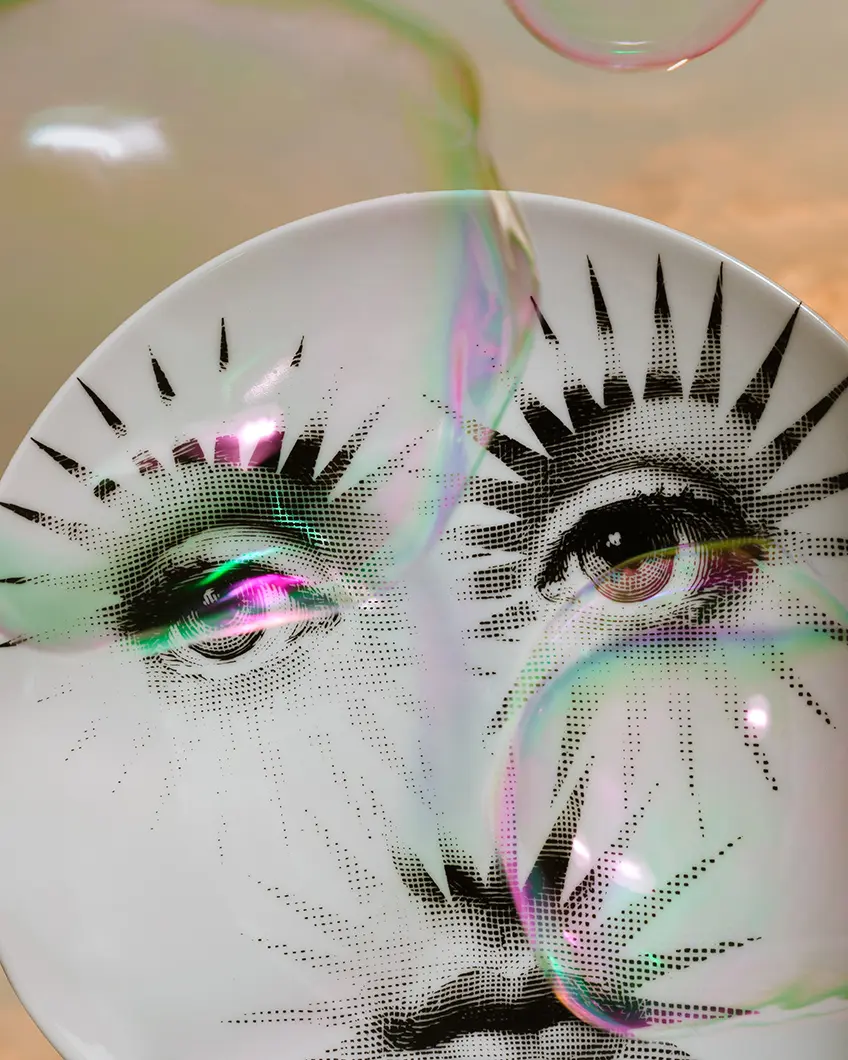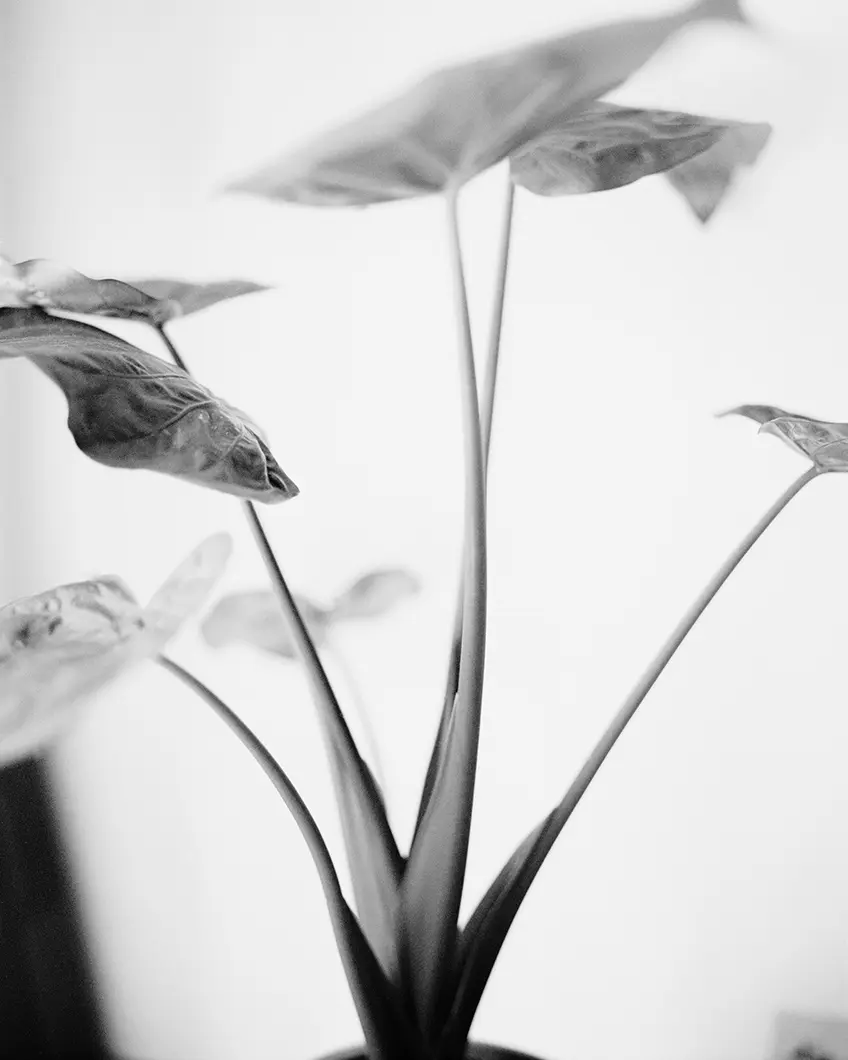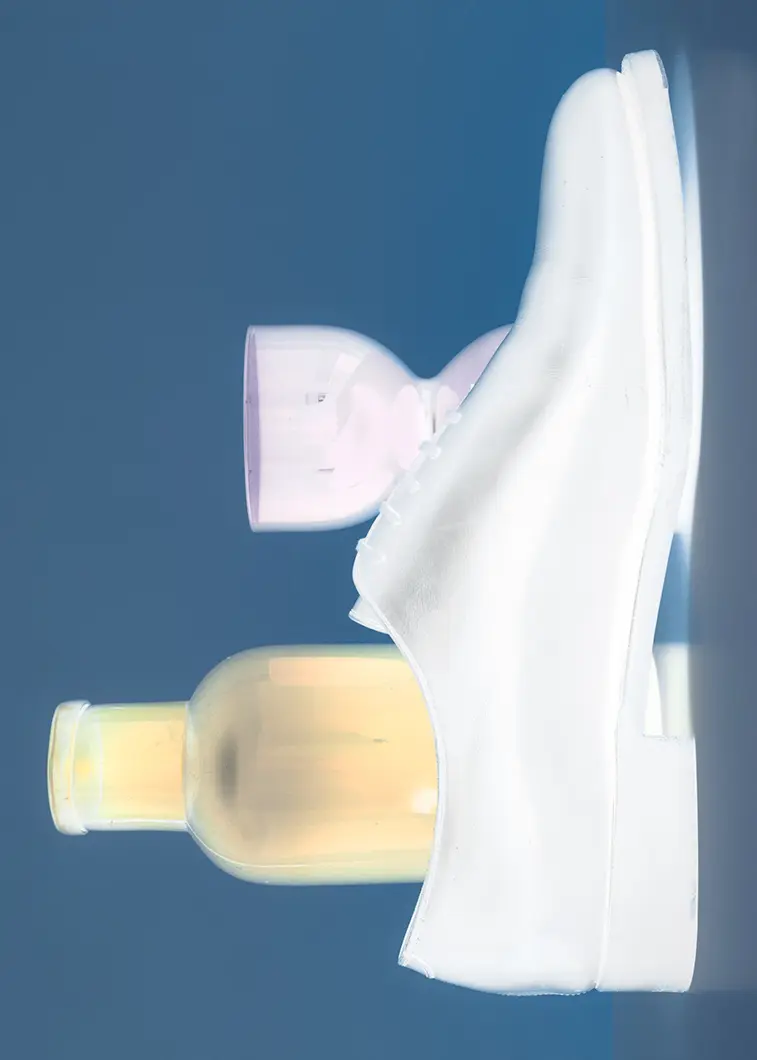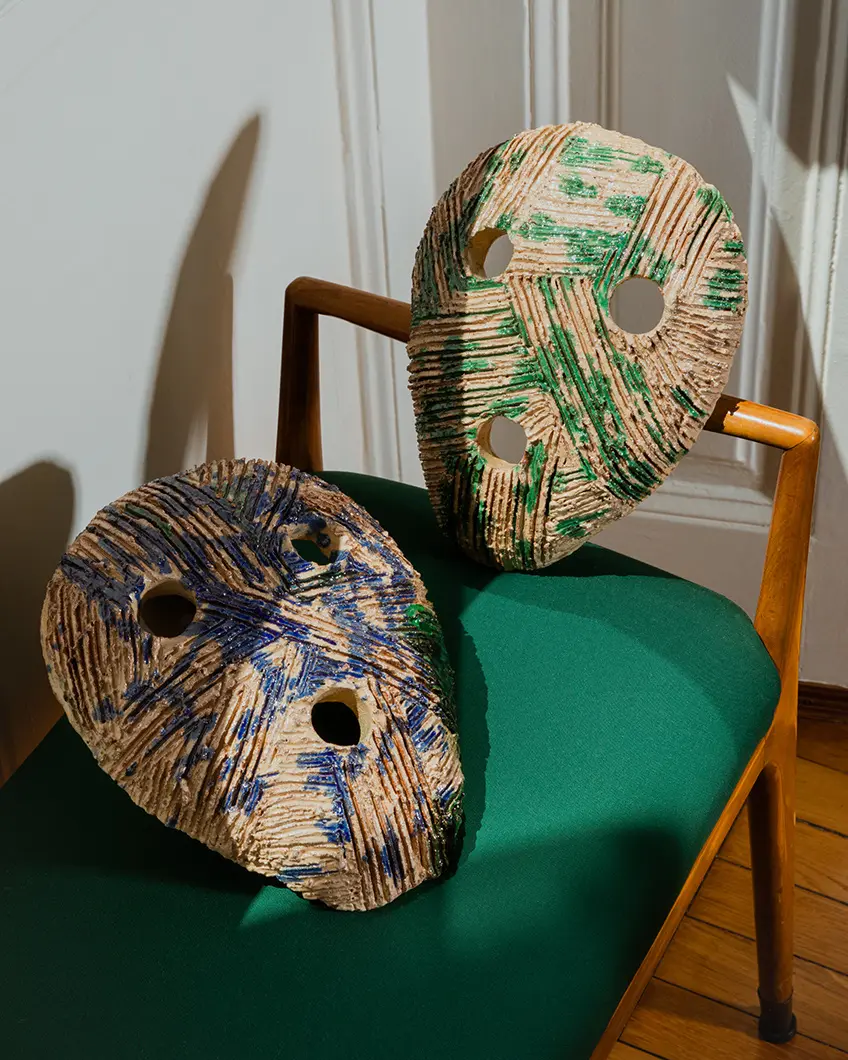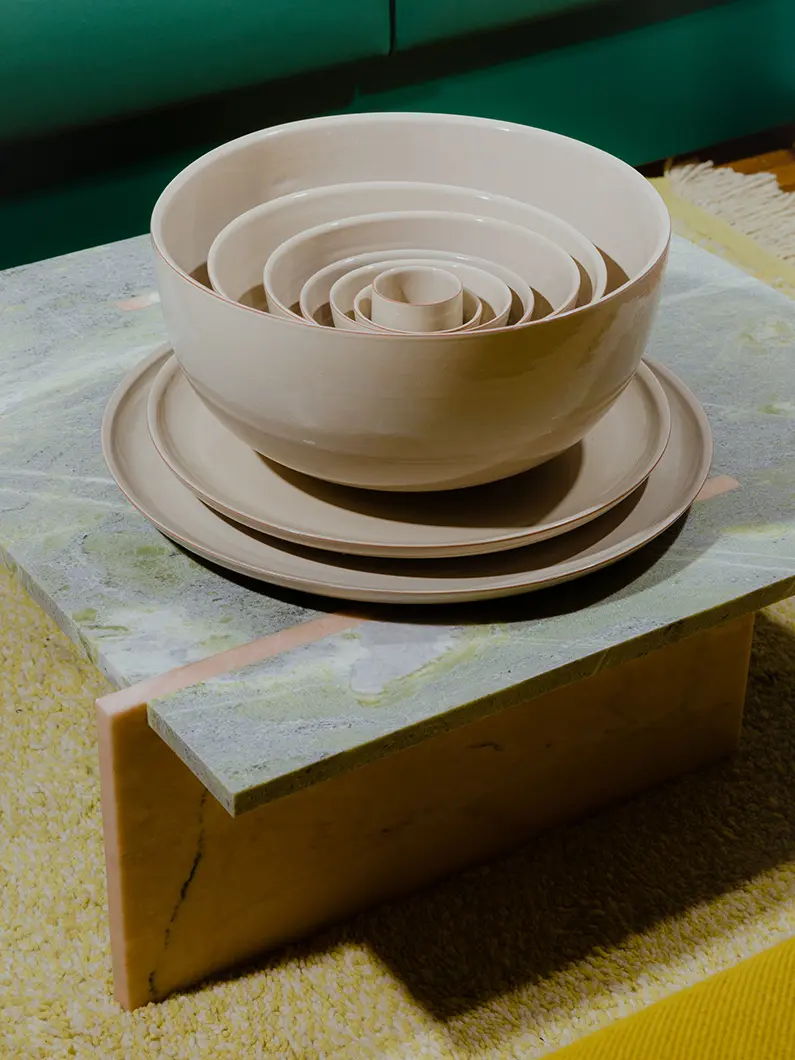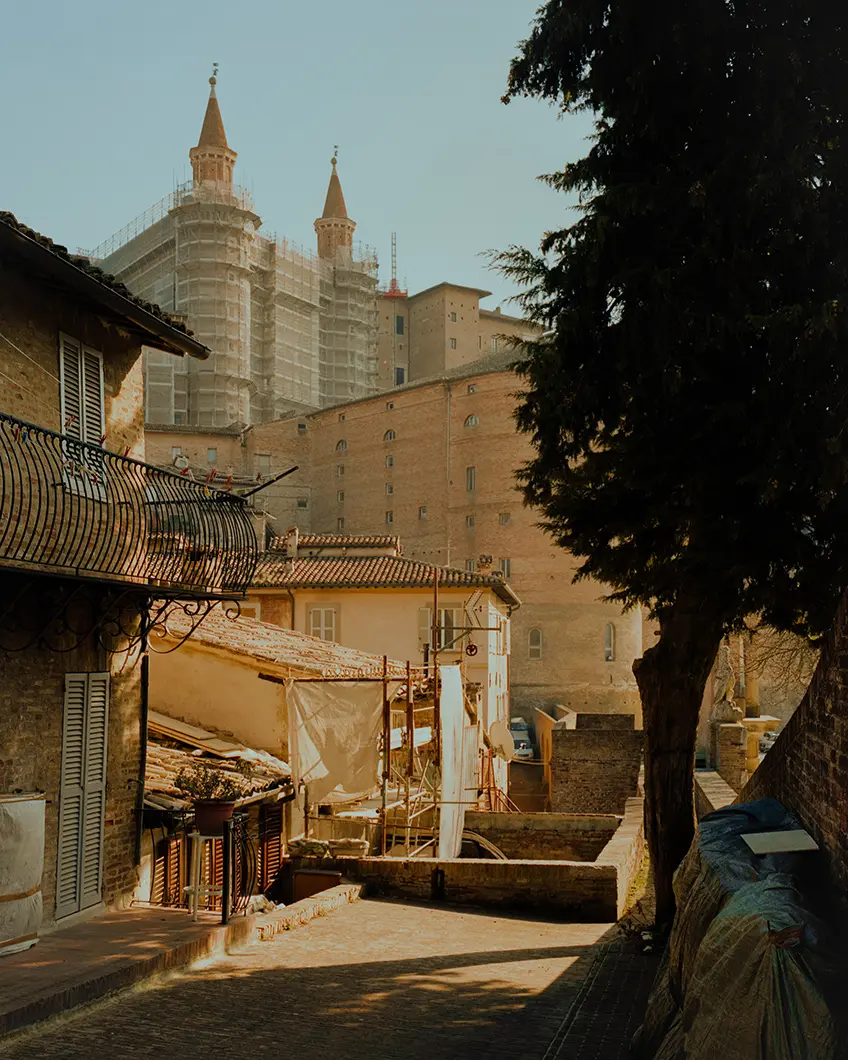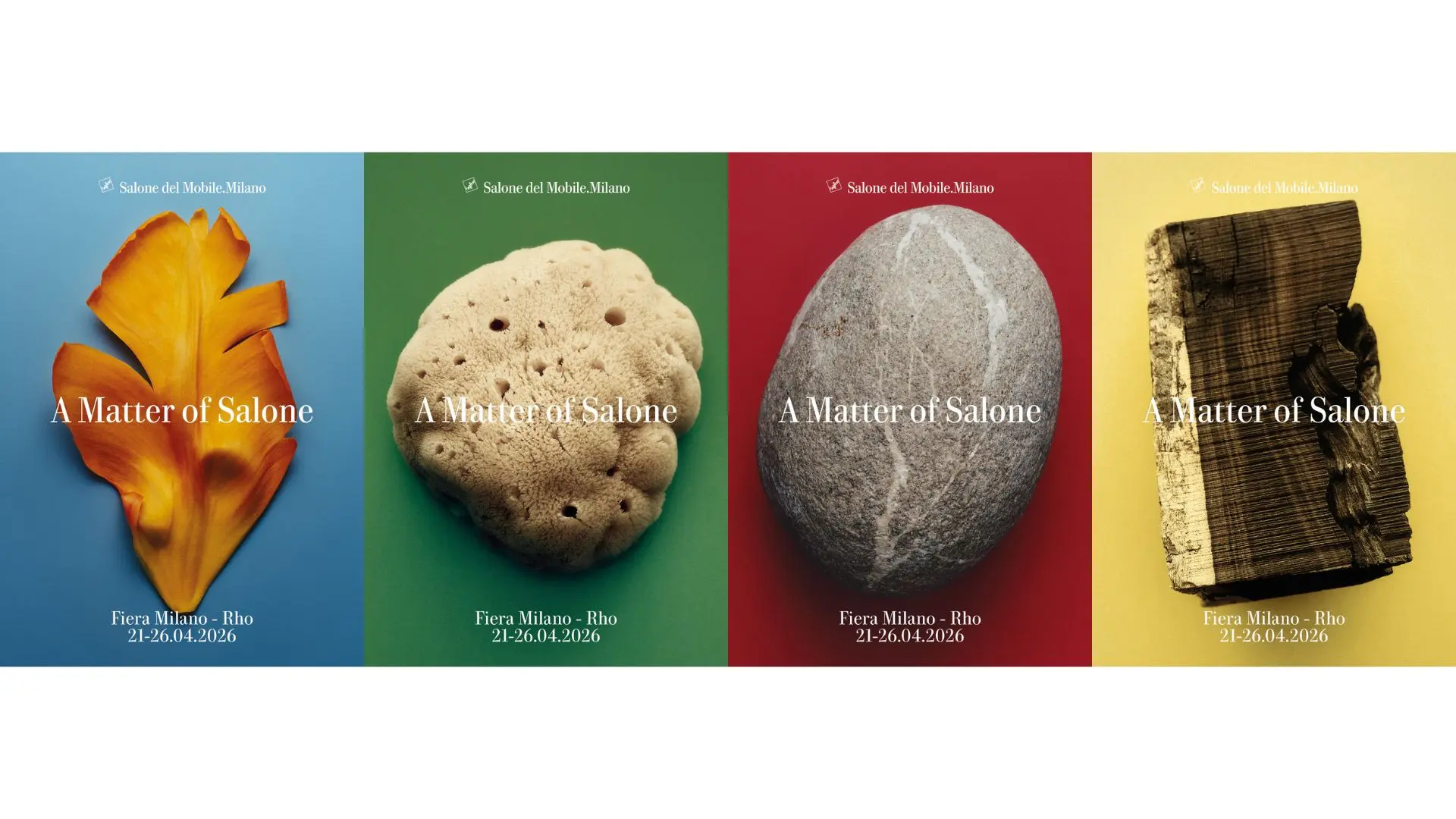From a reflection on humans to matter as meaning: the new Salone communication campaign explores the physical and symbolic origins of design, a visual narration made up of different perspectives, united by a common idea of transformation and genesis
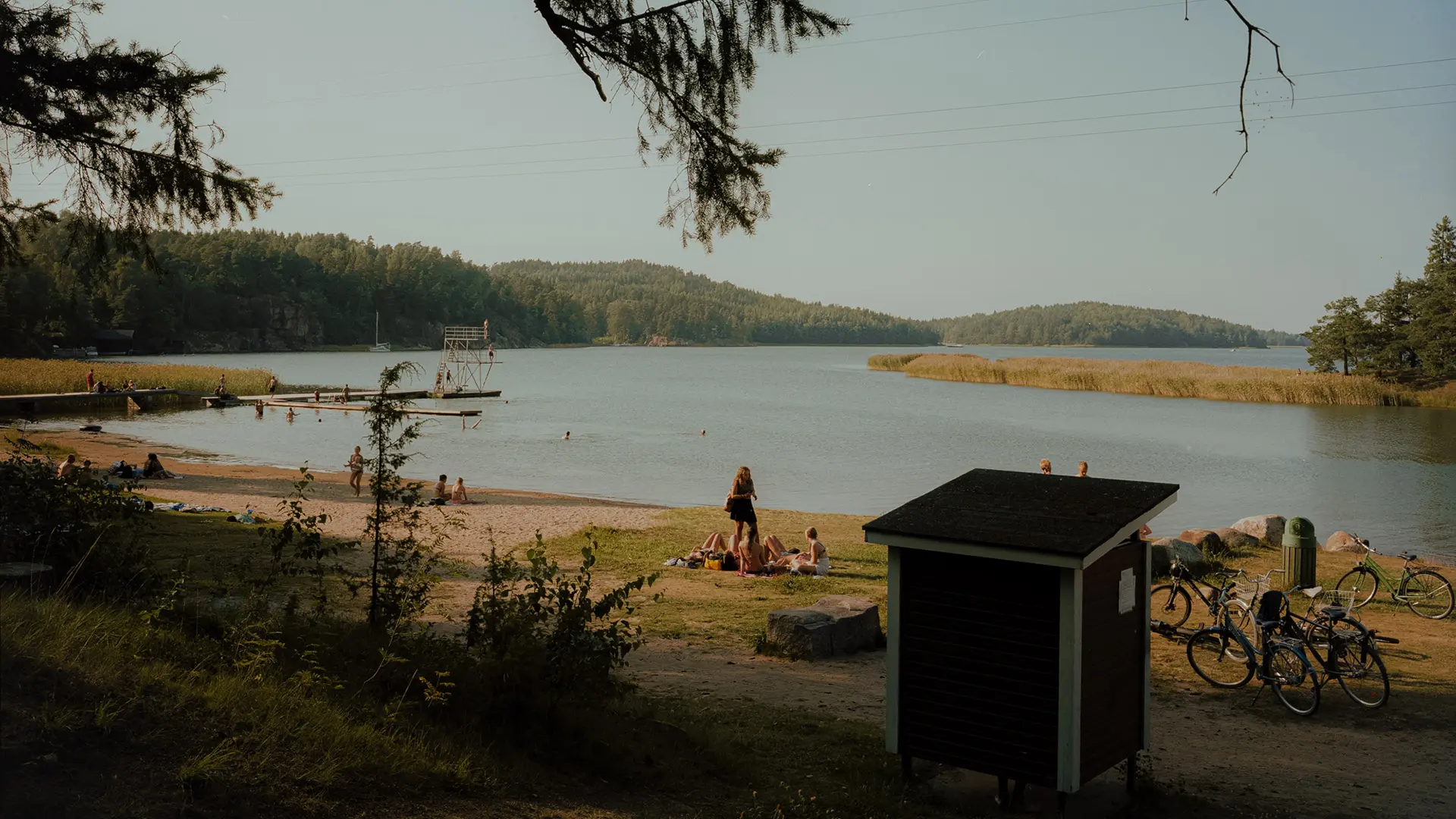
Finlandia, 2014
Matteo Parodi’s photographs interpret decorative objects by Piero Fornasetti blending the figures and shapes, but with a 20th century vibe
A recurring theme runs through Mattia Parodi's portfolio: the designs of Piero Fornasetti. It could be pure happenstance but the landscapes depict Urbino, Italianate gardens, colonnades conjuring up the same Renaissance imagery set against the same, slightly disquieting metaphysical backdrop. The sweep of Urbino’s environs unfolds over diverse planes and elevations: a blurred glimpse of the city at dusk; the ramparts; the Ducal Palace with its distinctive twin turrets at once daunting and harmless as a kids’ castle in a playground. All joined together by scaffolding, work in progress. Likewise, an idyllic river plays out visually in a sequence shot with groups of bathers on the brink of enkindling narratives, the views stretching as far as the eye can see with dawn breaking into perfection on a summer’s day. Later, in the waning light, a hut serving no known purpose swells from the most mundane of images to a poignant detail.
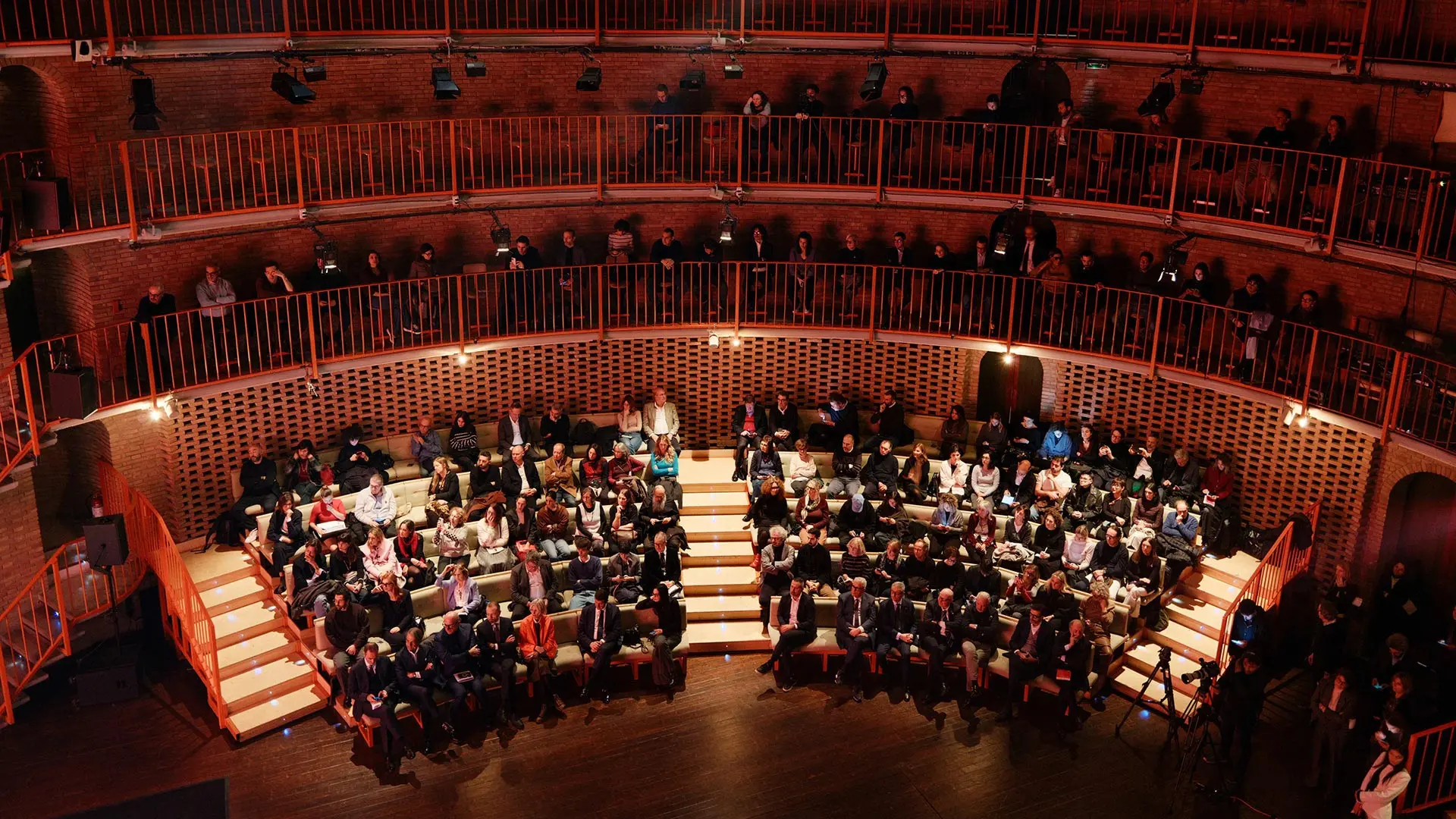
Salone 2025 Report: The Numbers of a Global Event
Data, analyses, and economic, urban, and cultural impacts. The second edition of Salone del Mobile’s “Milan Design (Eco) System” Annual Report takes stock of a unique event and consolidates the fair’s role as the driving force behind Milan as the international capital of design

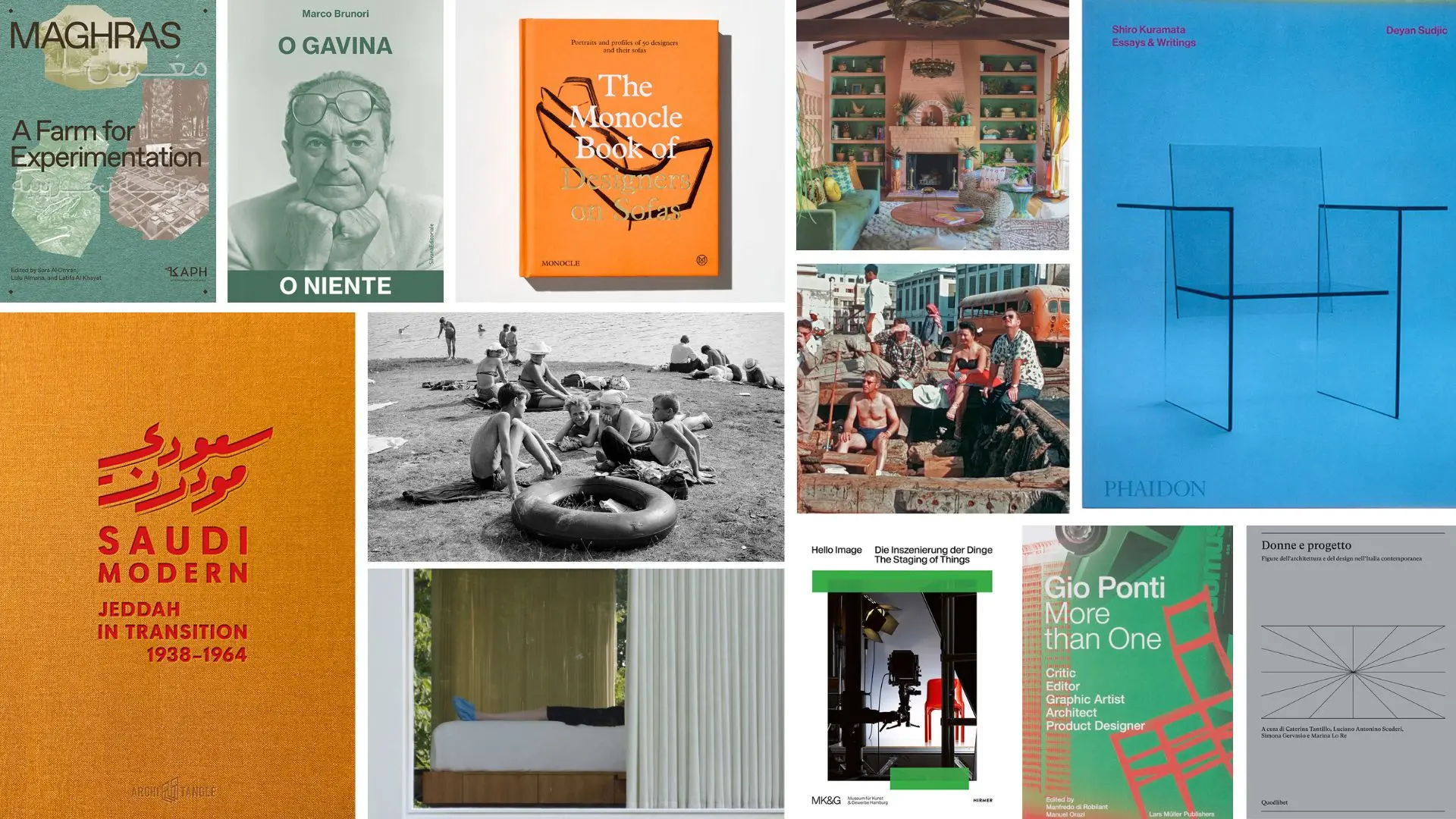
12 books to place under the tree or give as a gift. Conveying discoveries, insights and visions
A journey through women’s interior design, three iconic monographs and the links between design, photography and marketing, up to the transformation of Jeddah, social innovation and a reportage by Branzi and... 50 designers on the sofa



 Stories
Stories
